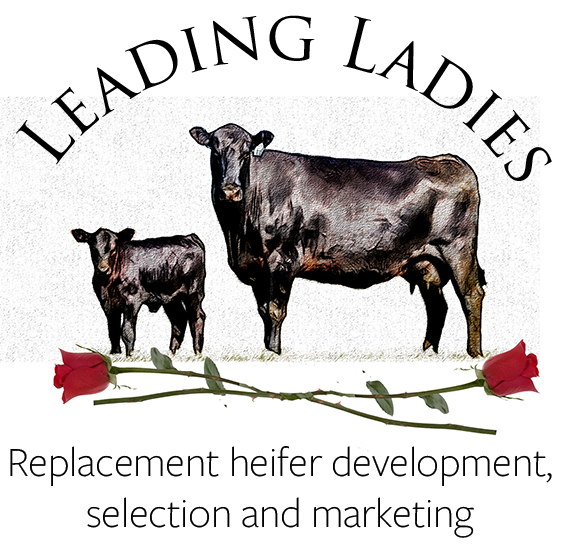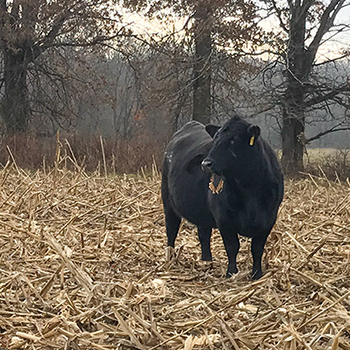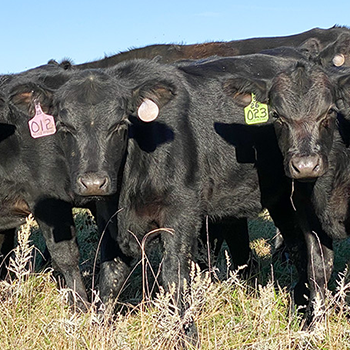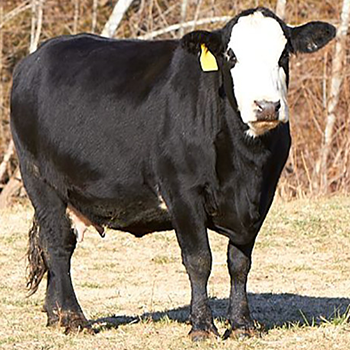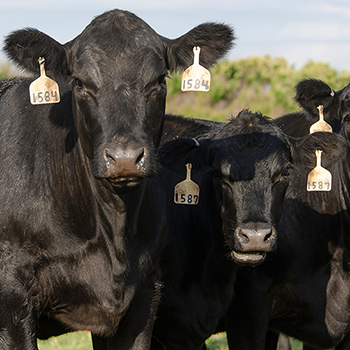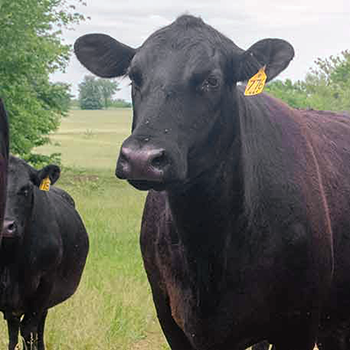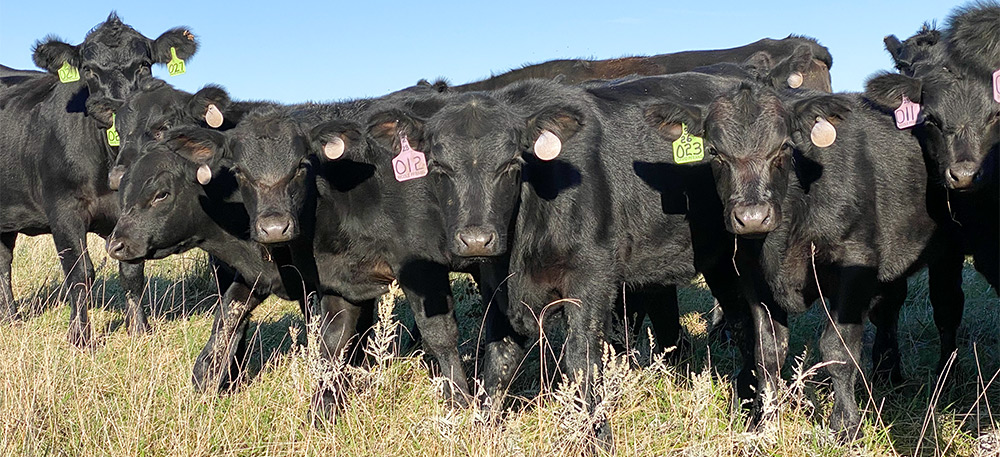
Heifer Development: Selection and Management
Not every heifer in the herd should be kept as a replacement.
Developing replacement heifers depends on their age at puberty and nutrition. Fertility and age at puberty are heritable, but influenced by nutrition. Optimal nutrition is important for growth and development, but this doesn’t mean overfeeding.
Finish the Race Strong: Quality Nutrition a Must for Cow Herd Success
The third trimester is critical to calf development — like the final leg of a race — and cows need to be primed to reach the finish line.
The finish line is nearly in sight for cow herds around the country as spring calving season looms. For many spring-calving herds, late fall or early winter marks the start of the third trimester and a significant upward shift in nutrient requirements. Coincidentally, it’s also when most available forage resources are lowest in quality. This creates a significant gap between nutrient needs and nutrient delivery during what is arguably the most critical trimester in calf development.
Unexpected Cow Death Questions Answered
Veterinarians explain a blood-borne disease that can afflict herds in the fall.
No matter whether it is a pet or livestock, an animal dying unexpectedly is sad and concerning. It often leaves owners with questions about what happened and whether other animals will be affected.
November 8, 2022 | Vol. 15 : No. 11
Five Misconceptions About Liver Flukes Debunked
Knowledge is power against resilient liver flukes.
Parasites in cattle are nothing to mess with. The liver fluke is no exception. Previously an issue with which only producers in the wet regions of the Gulf and Pacific coasts had to deal, these dynamic pests have become a worsening problem for producers across the country.
It’s Time for a New Approach to Internal Parasites in Cattle
Use species-specific qualitative analysis for a more holistic approach to internal parasite control.
The last new molecule for internal parasite control was introduced into the marketplace nearly 15 years ago. Managing risk, which includes parasite management, is a key component of operational sustainability. One cannot manage what one does not measure. Therefore, we must do a better job at measuring the risk of parasitism. If we can better measure parasitism, we, in turn, should be able to better manage parasites and help elongate the effectiveness of currently available molecules. To do so, it’s important to understand where we’ve been and how we treat internal parasites in the future.
Opportunities for Growing Cattle on Self-fed Rations
Using byproducts in grower rations may be a viable alternative to grazing wheat pasture this winter.
Conditions indicate there will likely be value in buying or retaining calves this fall to sell as feeders next spring. Lack of wheat pasture and cost of hay and feed have priced most of our normal production systems out of the market. Some other options that should be considered include using low-quality products from grain, cotton or peanut processing as roughage replacements in self-fed rations. Products like cotton gin trash, peanut hulls or rice mill feed may be locally available or have the potential to be shipped in at a low enough price to provide viable options for growing calves or wintering beef cows. Rice mill feed is a blend of 67% ground rice hulls and 33% rice bran from the rice-milling industry. Gin trash is made up of cotton leaves, seed, immature bolls, stems and lint from the cotton-ginning process. Peanut hulls are the shell of the peanuts removed during processing. All of these are high in fiber and can be extremely variable in composition and nutrient profile.

